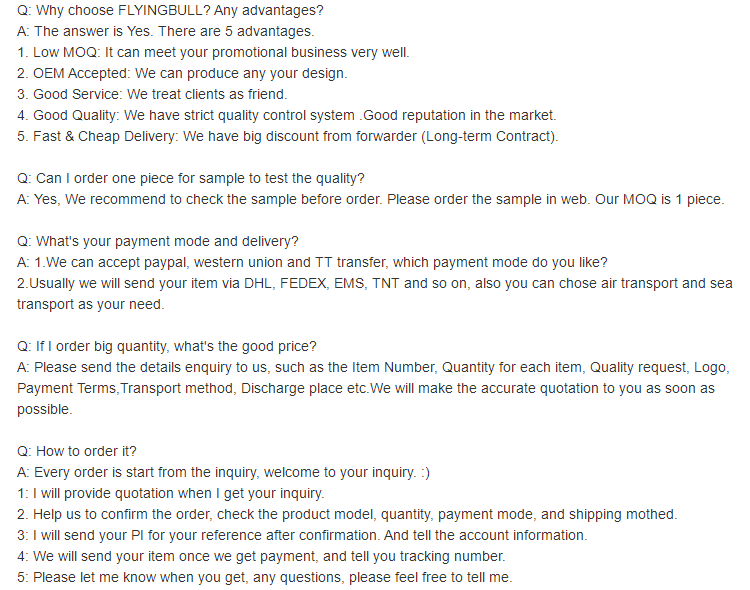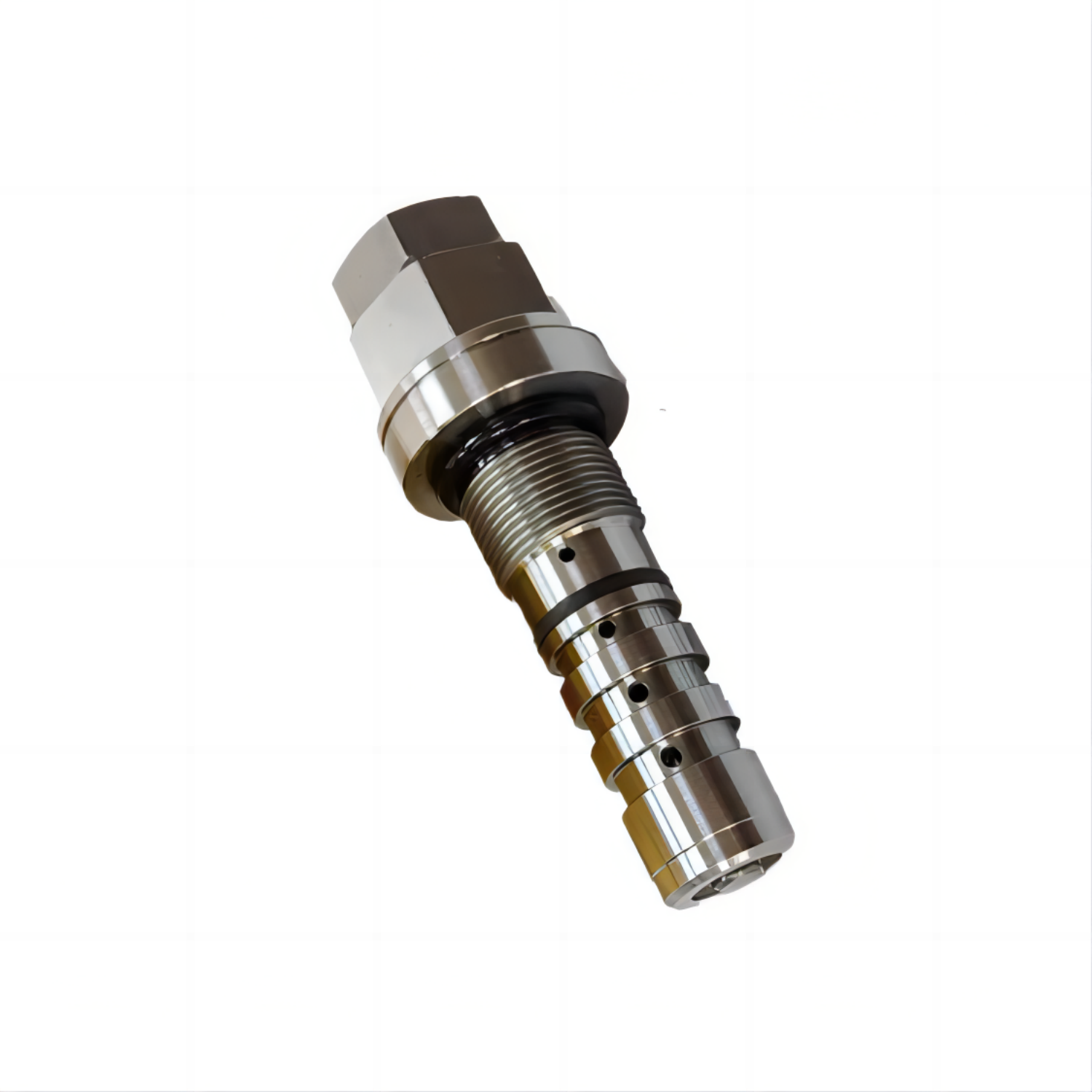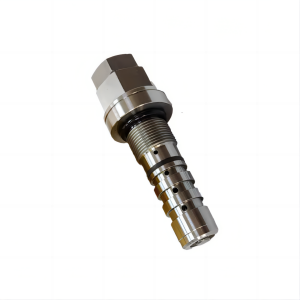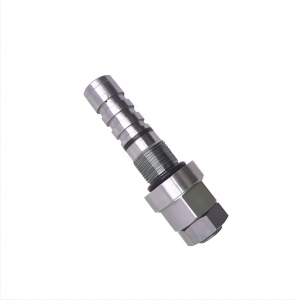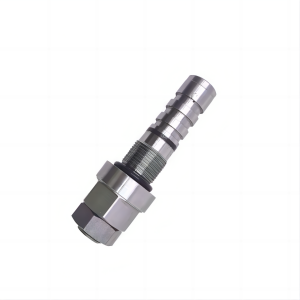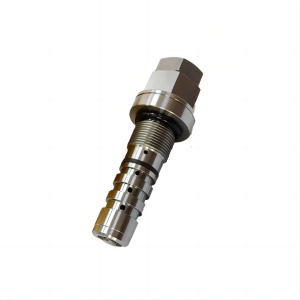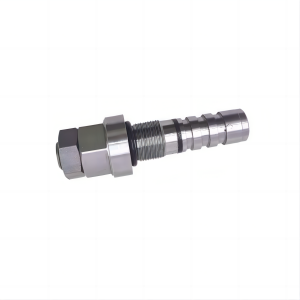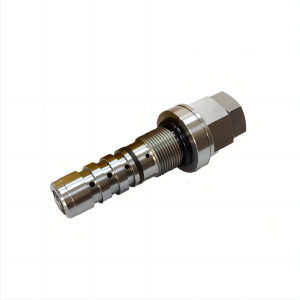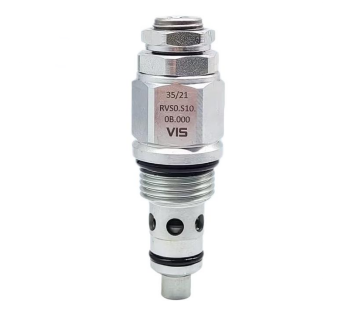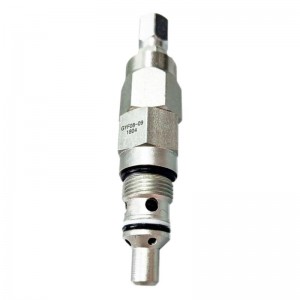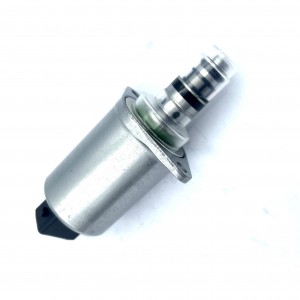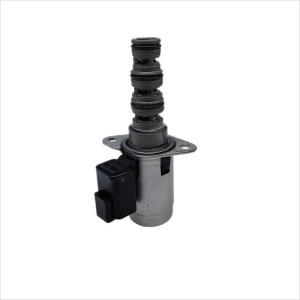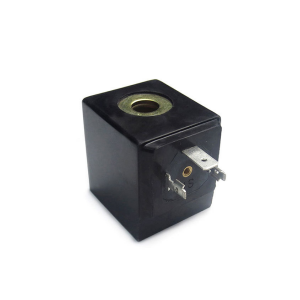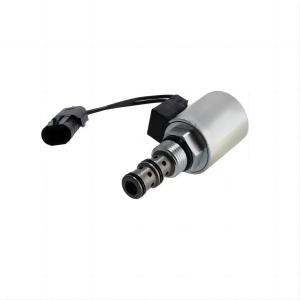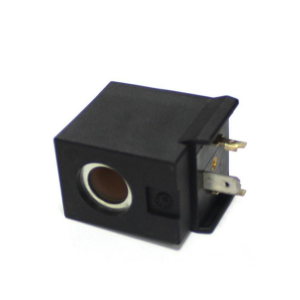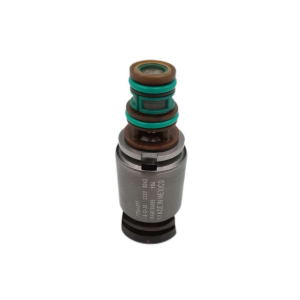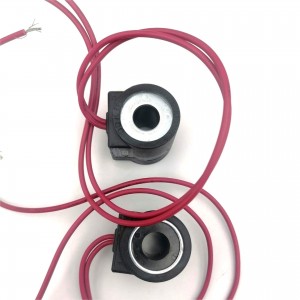LS valve relief valve 708-1W-04821 Komatsu excavator accessories main relief valve hydraulic pump
Details
Warranty:1 Year
Brand Name:Flying Bull
Place of Origin:Zhejiang, China
Valve type:Hydraulic valve
Material body:carbon steel
Pressure environment:ordinary pressure
Applicable industries:machinery
Applicable medium:petroleum products
Points for attention
The working principle of excavator solenoid valve
The excavator mainly uses direct-acting solenoid valve, which has the advantages of convenient control, fast action, easy to achieve remote control, and can work normally under vacuum, negative pressure and zero pressure. The excavator solenoid valve has a closed chamber inside, the valve body is in the middle of the chamber, and the two ends of the valve body are configured with electromagnets according to the needs, or only one end is configured with electromagnets. Using the magnetic force generated by the principle of inductance, the control spool moves to achieve the oil circuit reversal, when the electromagnet coil is energized, the electromagnet will pull in the opposite direction, and push the spool to move in the direction of suction, thereby blocking or exposing different oil holes, and the oil will enter different pipelines according to the instructions. If the solenoid coil of the solenoid valve is burned out or cut off, it cannot generate magnetic force, and the valve core cannot be moved, and the excavator cannot perform related operations.
The solenoid valve uses an electromagnet to push the valve core to control the direction of compressed air, thereby controlling the direction of the pneumatic actuator switch.
The electromagnet used to operate the solenoid valve is divided into AC and DC:
1. The voltage of AC electromagnet is generally 220 volts. It is characterized by large starting power, short reversing time and low price. However, when the valve core is stuck or the suction is not enough and the iron core is not sucked on, the electromagnet is easy to burn out due to excessive current, so the working reliability is poor, the impact of action, and the life is low.
2.DC electromagnet voltage is generally 24 volts. Its advantages are reliable work, not because the spore is stuck and burned out, long life, small size, but the starting power is smaller than the AC electromagnet, and in the absence of DC power supply, the need for rectification equipment.
In order to improve the working reliability and life of the electromagnetic reversing valve, in recent years, wet electromagnet is increasingly widely used at home and abroad, this electromagnet and the slide valve push rod do not need to be sealed, eliminating the friction at the O-shaped sealing ring, its electromagnetic coil outside directly sealed with engineering plastic, not another metal shell, which ensures insulation, but also conducive to heat dissipation, so reliable work, Low impact, long life.
So far, the solenoid valve at home and abroad is divided into three categories in principle (namely: direct acting type, step child pilot type), and from the difference in valve disc structure and material and principle difference is divided into six sub-categories (direct acting diaphragm structure, step double plate structure, pilot film structure, direct acting piston structure, step direct acting piston structure, pilot piston structure).
The electromagnetic valve of the excavator plays a controlling role.
1, solenoid valve is an industrial equipment controlled by electromagnetic, is used to control the basic components of fluid automation, belongs to the actuator, not limited to hydraulic, pneumatic. Used in industrial control systems to adjust the direction of media, flow, speed and other parameters.
2, the solenoid valve can be combined with different circuits to achieve the desired control, and the accuracy and flexibility of the control can be guaranteed. There are many kinds of solenoid valves, different solenoid valves play a role in different positions of the control system, the most commonly used are check valves, safety valves, direction control valves, speed regulating valves and so on.
Product specification
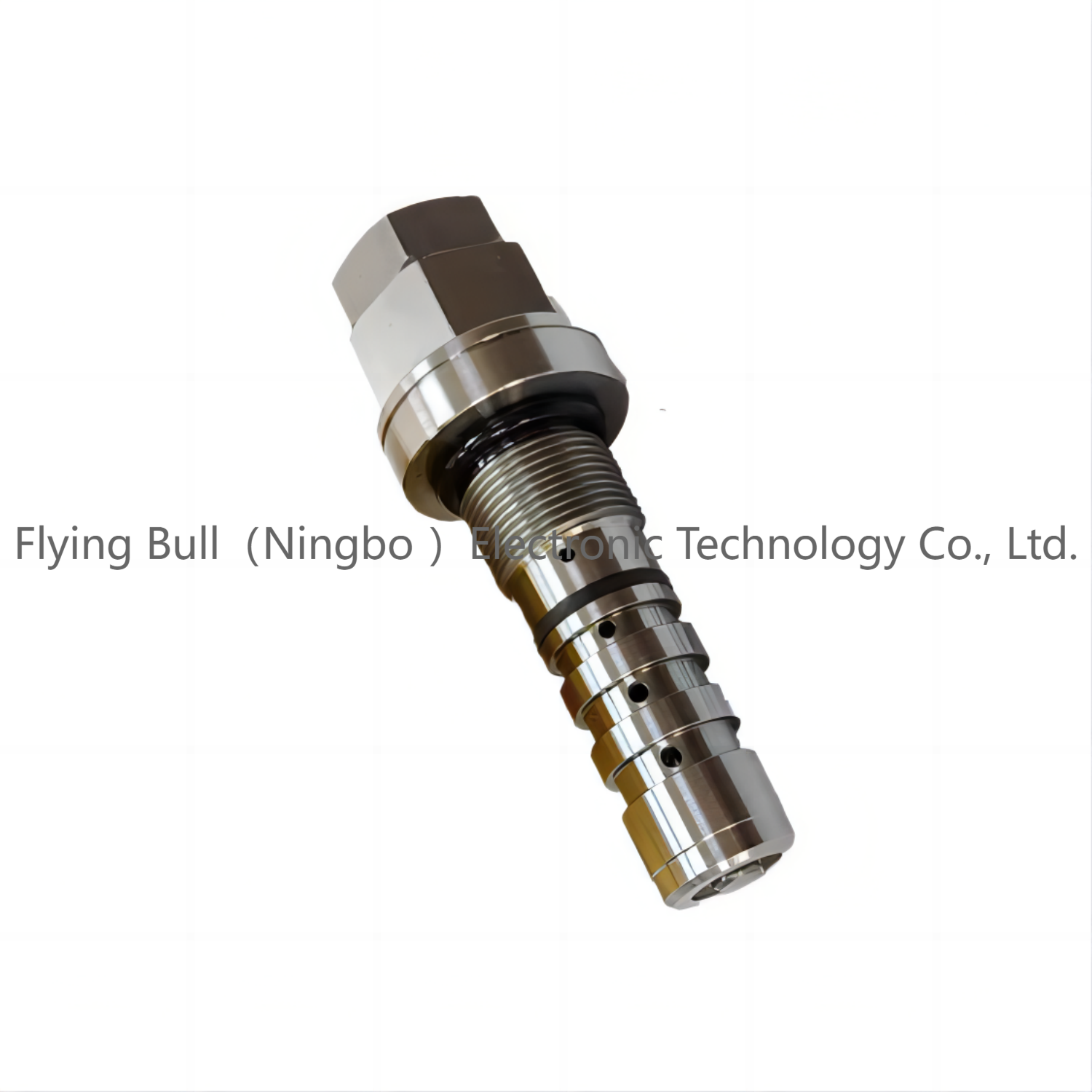
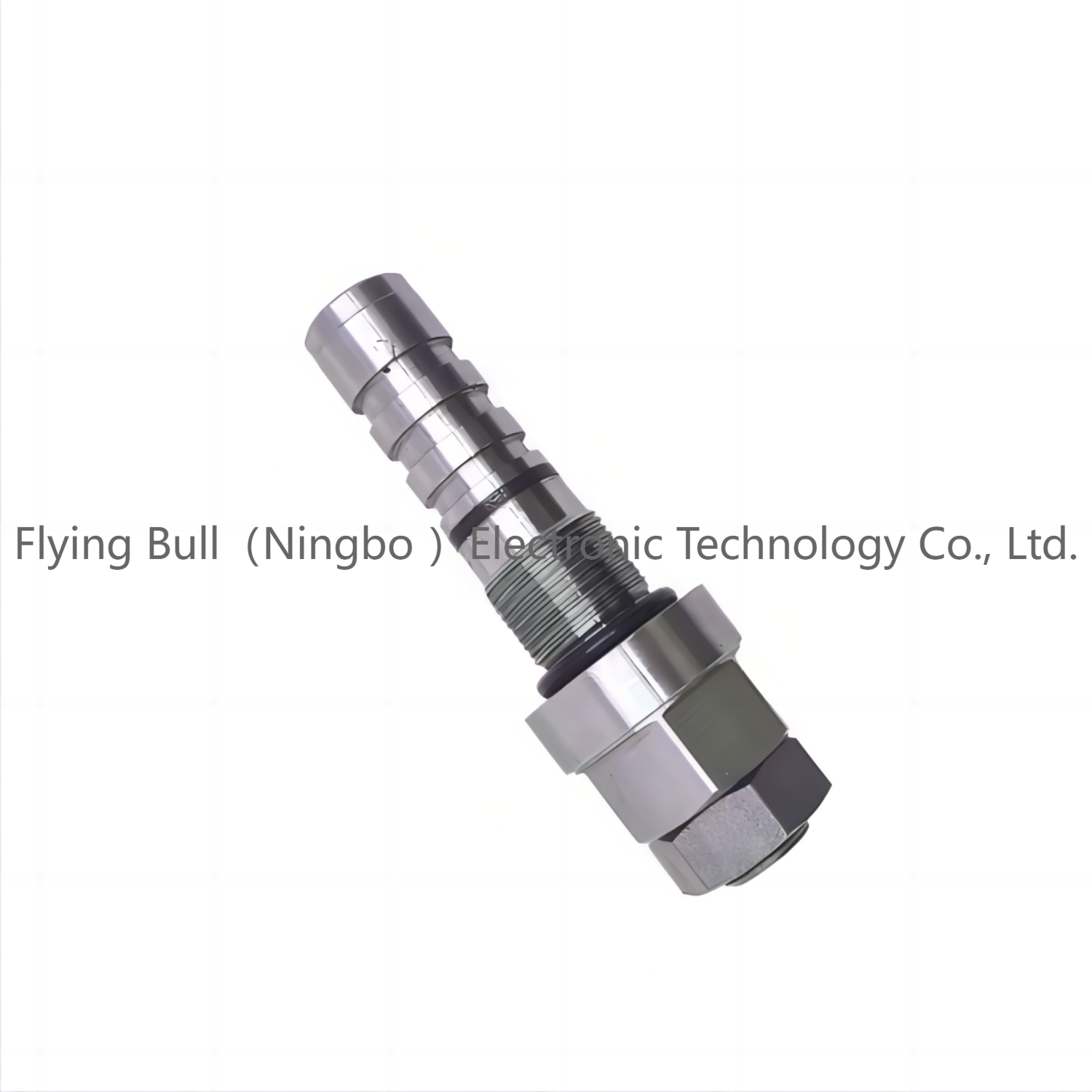
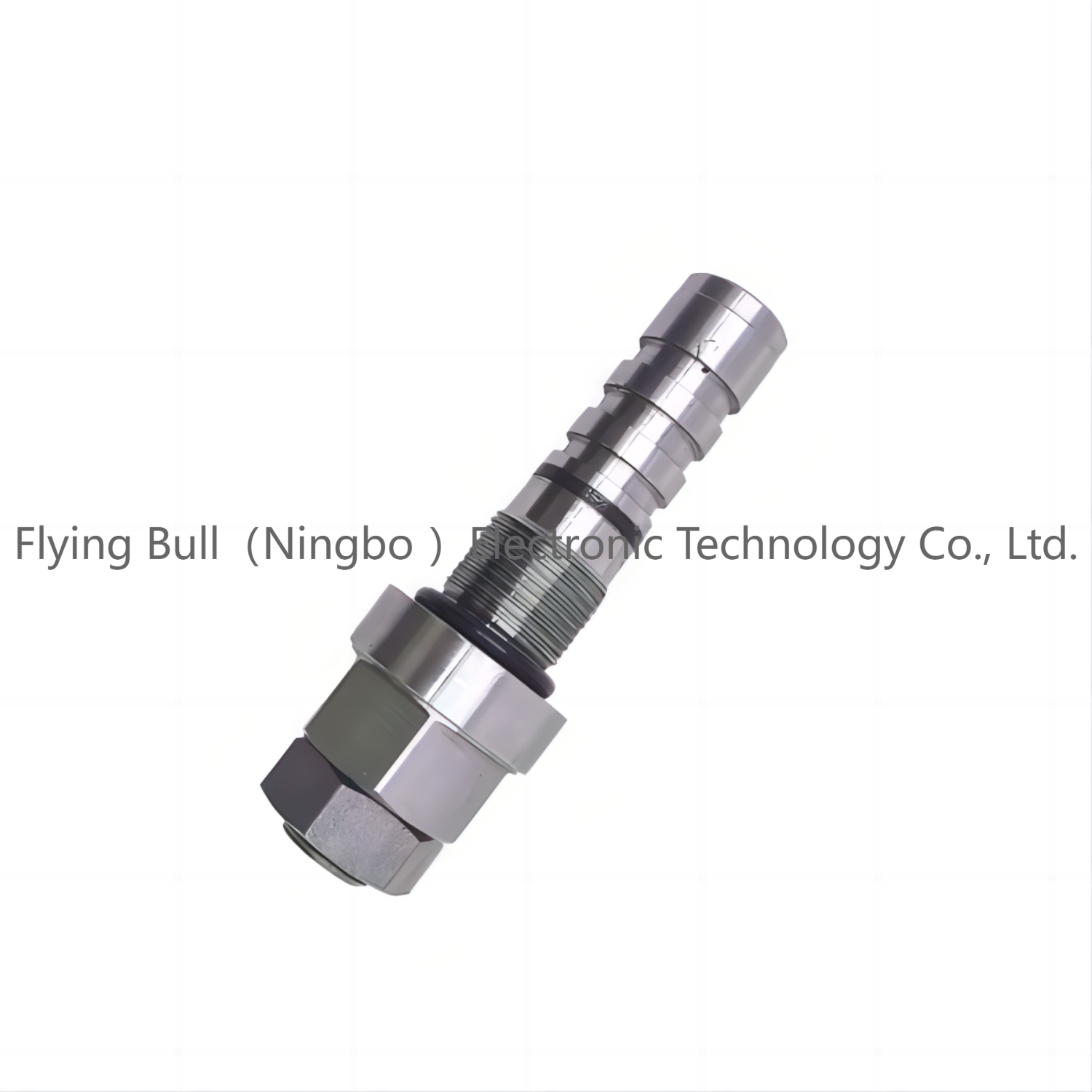
Company details







Company advantage
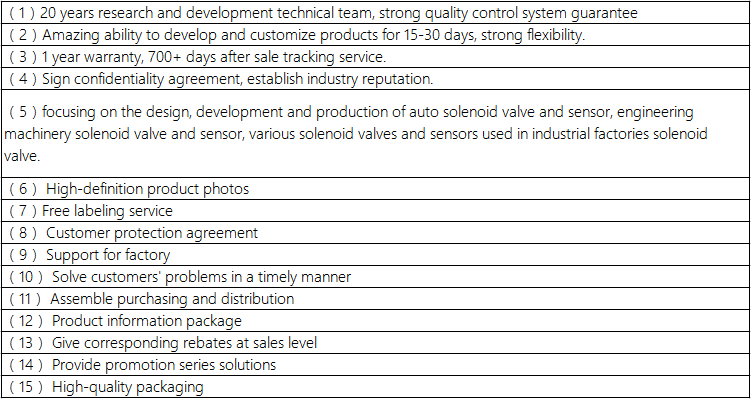
Transportation

FAQ
